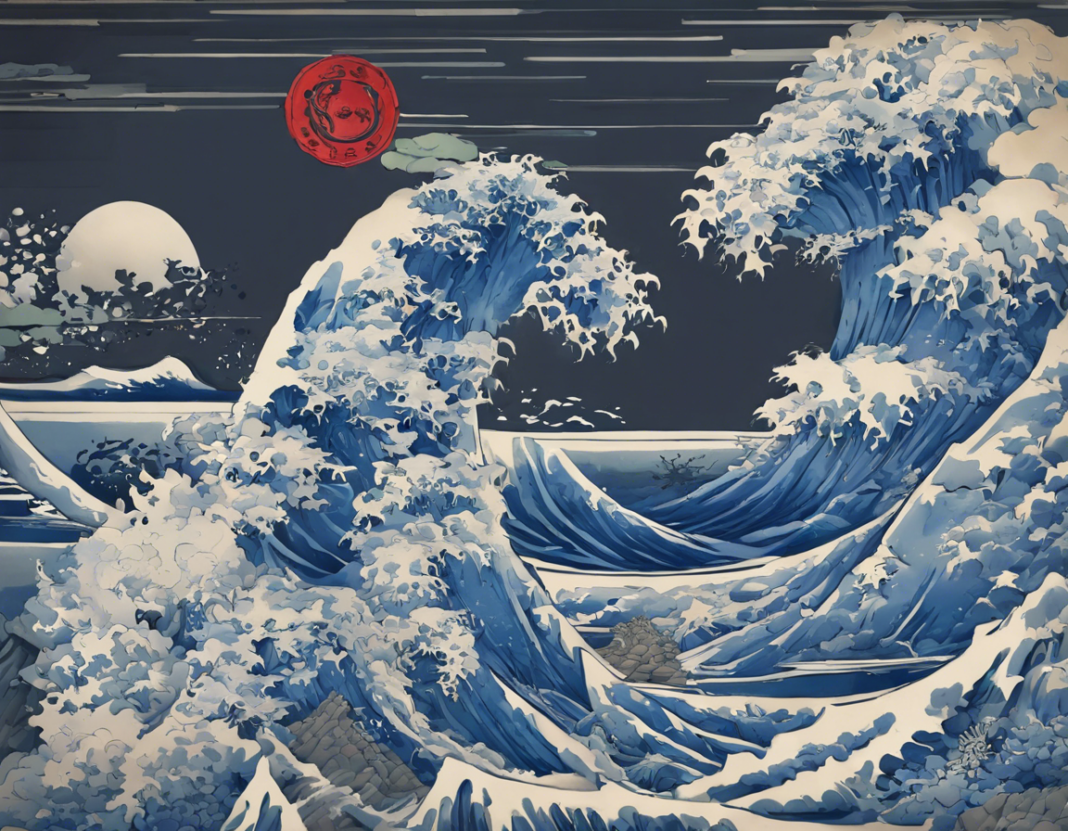Few cuisines offer the blend of flavors, textures, and colors that Asian cuisine does. From the delicate balance of sweet and savory in Chinese dishes to the umami-rich flavors of Japanese meals, Asian cuisine is a feast for the senses. One particular type of cuisine that has been gaining popularity in recent years is Blue Zushi, a unique and visually stunning culinary delight that is as delicious as it is beautiful.
What is Blue Zushi?
Blue Zushi is a type of sushi that is made using blue rice. The distinctive blue color of the rice comes from the addition of a natural ingredient called butterfly pea flower, which is commonly used in Southeast Asian cuisine for its vibrant hue. The butterfly pea flower imparts a subtle floral flavor to the rice, making it a perfect accompaniment to the fresh fish and other ingredients typically found in sushi.
The History of Blue Zushi
While blue sushi may seem like a recent culinary trend, its roots can be traced back to the ancient traditions of Okinawa, Japan. In Okinawan cuisine, the use of butterfly pea flower to color and flavor rice has been a practice for centuries. The vibrant blue hue of the rice symbolizes the clear blue waters that surround the island of Okinawa, making it not only a delicious dish but also a visually striking one.
How is Blue Zushi Made?
Making Blue Zushi is a relatively simple process, though it requires some planning ahead. To make the blue rice, you first need to steep dried butterfly pea flowers in hot water to extract the natural blue color. Once the water has turned a deep shade of blue, you can use it to cook the rice, which will absorb the color as it cooks. The result is a beautifully hued blue rice that is the perfect base for your sushi creations.
Pairing Blue Zushi with Fresh Ingredients
One of the key components of any good sushi dish is the quality of the ingredients used. When making Blue Zushi, it’s important to select the freshest fish and other toppings to complement the unique flavor of the blue rice. Common toppings for Blue Zushi include tuna, salmon, avocado, cucumber, and shrimp, though you can get creative with your ingredients to suit your taste preferences.
The Visual Appeal of Blue Zushi
One of the most striking things about Blue Zushi is its visual appeal. The bright blue rice provides a stunning contrast to the colorful toppings, making each piece of sushi a work of art. When plated carefully, Blue Zushi can elevate any dining experience and is sure to impress guests at a dinner party or event.
Where to Find Blue Zushi
While Blue Zushi is still a relatively niche dish, it can be found at select sushi restaurants and Asian eateries that specialize in creative and innovative cuisine. If you’re feeling adventurous and want to try making Blue Zushi at home, you can easily find butterfly pea flowers online or at specialty Asian markets to create your own stunning culinary creations.
Blue Zushi: A Feast for the Senses
In conclusion, Blue Zushi is a truly unique culinary delight that combines the traditional flavors of sushi with a modern twist. From its vibrant blue color to its delicate floral notes, Blue Zushi is a feast for the senses that is sure to delight both food enthusiasts and amateur chefs alike. So why not add a pop of color to your next sushi night and give Blue Zushi a try?
Frequently Asked Questions (FAQs) About Blue Zushi:
- Is Blue Zushi safe to eat?
-
Yes, Blue Zushi is safe to eat. The blue color comes from natural butterfly pea flowers, which are commonly used in cooking and are safe for consumption.
-
Can I make Blue Zushi at home?
-
Yes, you can make Blue Zushi at home. All you need is butterfly pea flowers to color the rice and your choice of fresh ingredients to top the sushi.
-
Does Blue Zushi taste different from traditional sushi?
-
Blue Zushi has a subtle floral flavor from the butterfly pea flowers, which sets it apart from traditional sushi. However, the overall taste is still reminiscent of classic sushi.
-
Where can I find butterfly pea flowers for making Blue Zushi?
-
Butterfly pea flowers can be found online or at specialty Asian markets. They are also sometimes available in the international foods aisle of larger supermarkets.
-
What are some recommended toppings for Blue Zushi?
- Common toppings for Blue Zushi include tuna, salmon, avocado, cucumber, and shrimp. Feel free to get creative and experiment with different ingredients to find your perfect combination.


